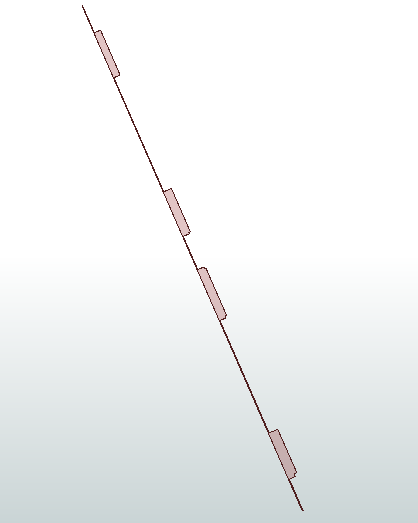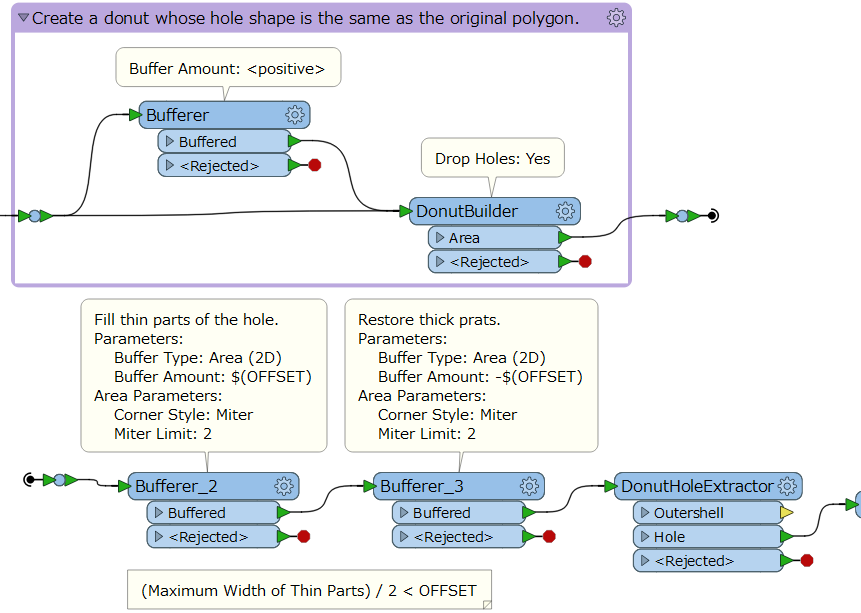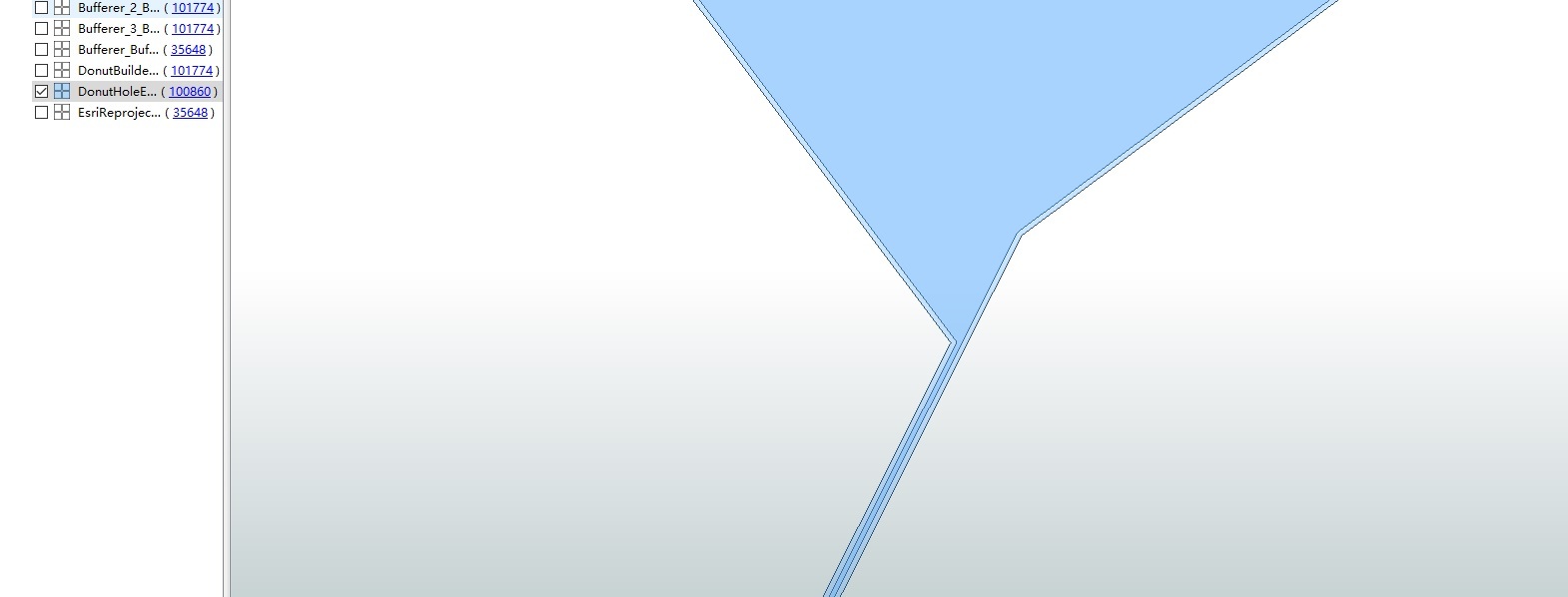Hi FME Guys
I'm struggling with a data situation that occurs frequently in my daily work. When I have a polygon feature it may occur that this polygon is composed from "thin" and "thick" sections. See below a screenshot of such a situation.

I'm now looking for a way to
- identify affected polygon features
- identify "thin" sections from this feature
- remove the thin sections or at least cut them from the "thick" parts.
Each solution should keep existing Z-values as I'm dealing with 3D data.
Any ideas how to achieve the desired result?

















